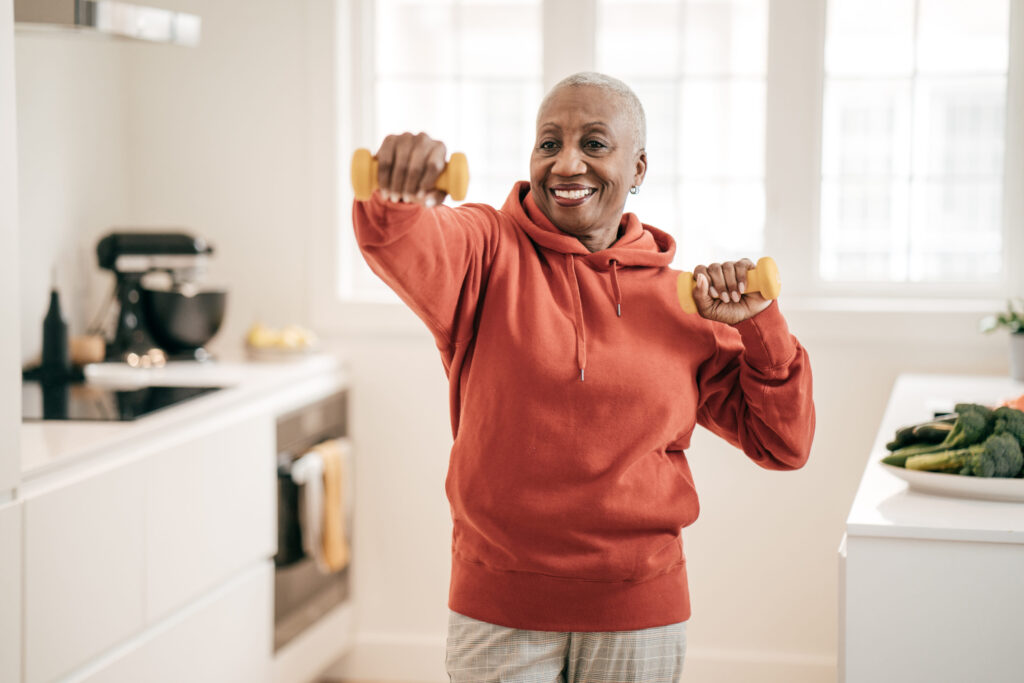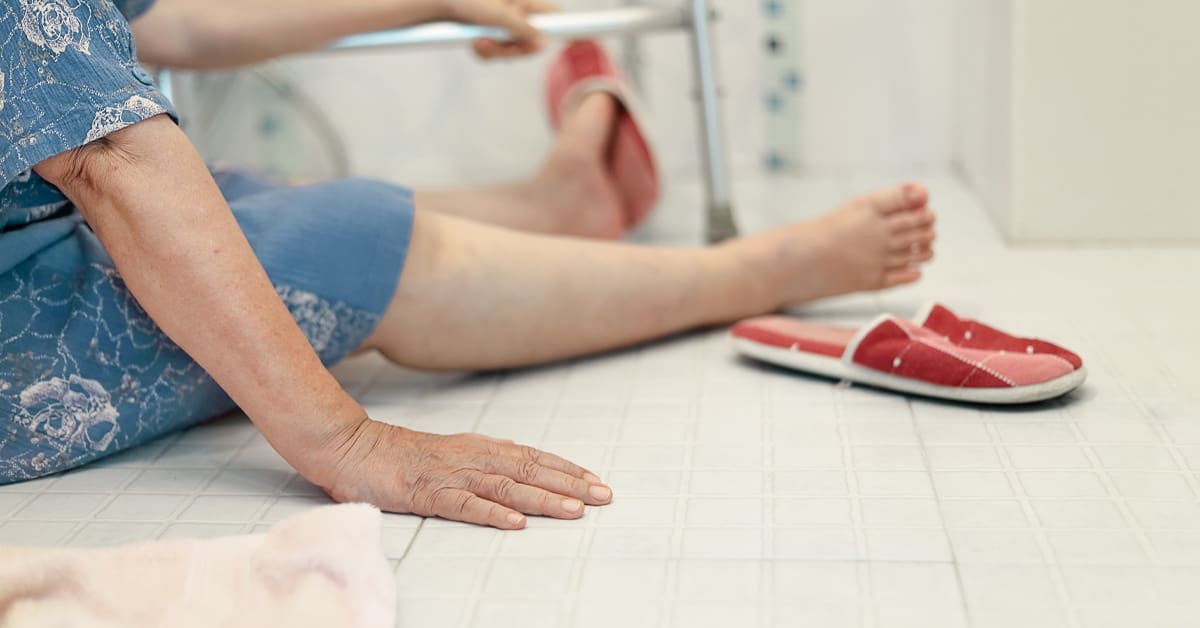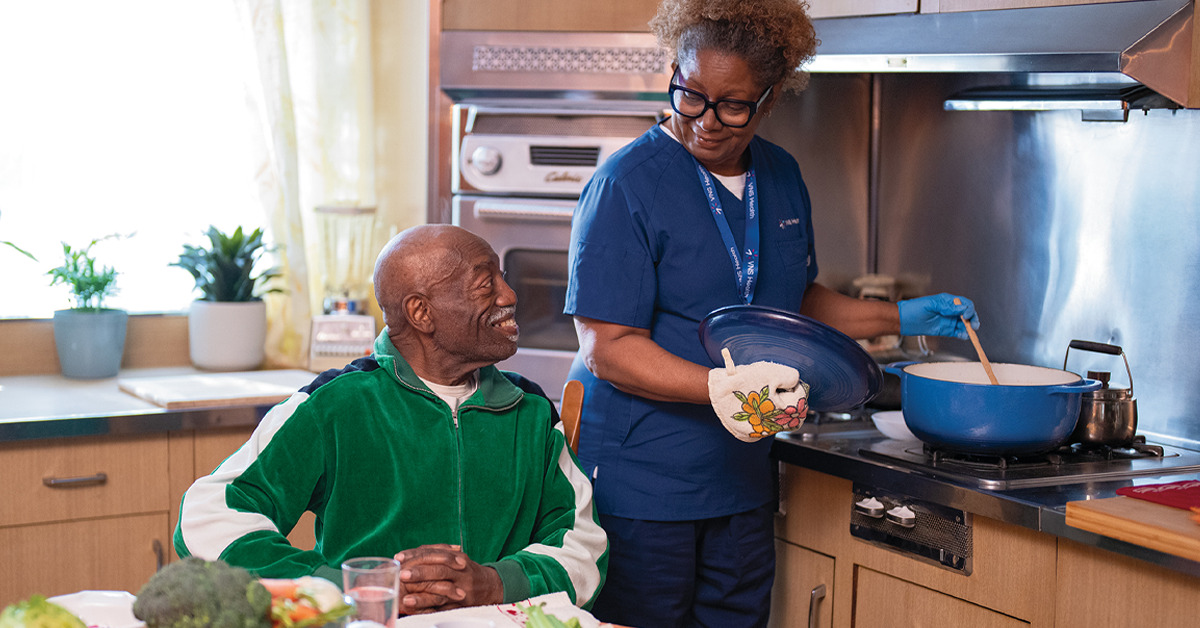Exercise as Part of Your Life

Almost anyone, at any age, can safely do some kind of exercise or physical activity. You can be active even if you have a long-term condition like heart disease, diabetes or arthritis. And almost nothing is more important to your health. Physical activity helps you feel good and look good, too. It can:
- Help you maintain and improve physical strength and fitness.
- Help improve your ability to do the everyday things you care about.
- Help improve your balance.
- Help you manage conditions like diabetes, heart disease and osteoporosis (weakening of your bones).
- Help reduce feelings of depression and improve your mood.
GETTING STARTED
Staying safe while you exercise is always important, but especially so when you’re starting a new activity or haven’t been active for a long time.
- Check with your doctor before starting any new exercise program.
- Wear loose-fitting, comfortable clothing and proper shoes that provide support.
- Drink water before, during and after exercise.
- Make sure you stretch after you exercise.
MAKING A REALISTIC PLAN
You shouldn’t set unrealistic goals for yourself. Make a sensible plan based on how active you are now. Try to do a variety of exercises that help with endurance, flexibility, strength and balance. And it’s good to change your exercises from day to day.
- Duration: exercise should last at least 15 minutes, ideally 30 minutes.
- Frequency: a minimum of twice a week, more if possible.
- Space: large enough for outstretched arms, room to walk around a chair; floor should be flat and stable; good air flow and cool temperature; nothing on the floor to trip over.
- Be sure to give yourself time to cool down after your workout; this will slow your breathing and your heart rate.
- And most of all, have some fun! Exercise should be enjoyable and give you more zest for living.


